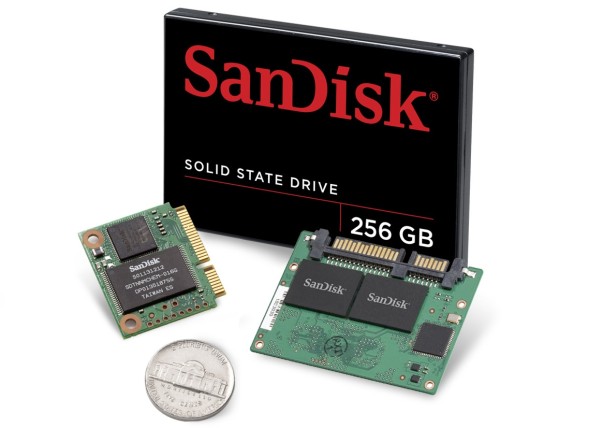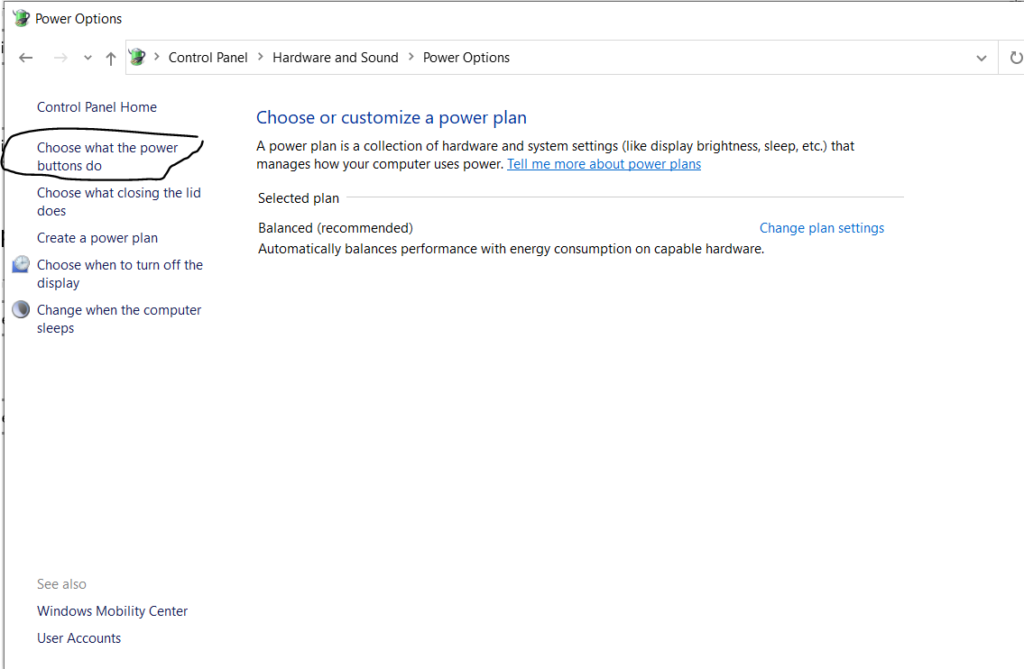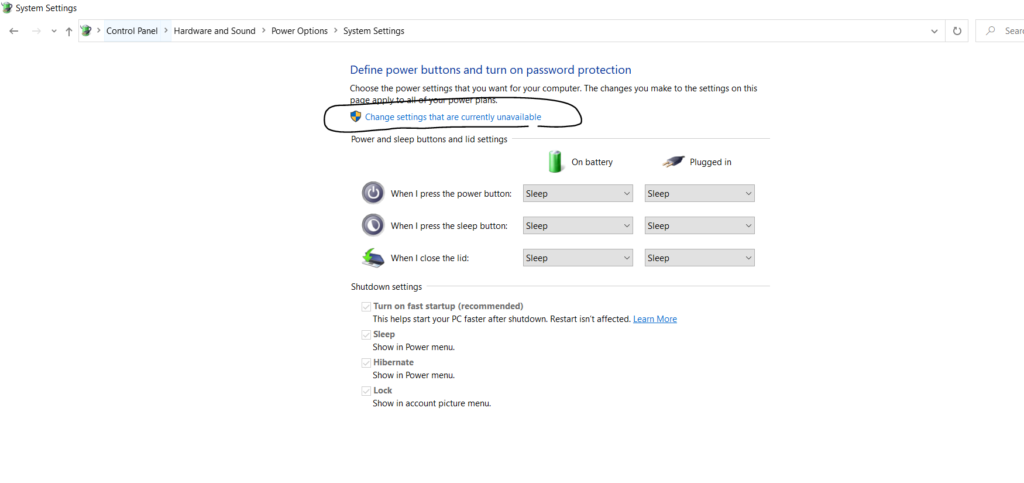How to Maximize SSD Life Span & Performance

Unlike traditional hard disk drives, solid-state drives (SSDs) use flash memory to store data and do not contain moving components. The lifespan of SSDs is limited by the number of program-erase cycles. What does this mean?
Think like an SSD is like a blank sheet of paper, and writing data to SSD is like using a pencil to write on it. You can use an SSD benchmark tool to verify how much information you have written. When you continue to write information on paper, one day it will be filled with information. However, you can use an eraser to remove the information and then write new information on paper. A similar situation occurs with SSDs because when you need to write data to an SSD that is already full of data, you must first completely erase the entire block before writing data. Your SSD will become damaged as a result of the erasing process.
SSD lifespan, therefore, depends on P/E cycles. SSD offers many additional features not found in HDD, you can obtain more information about SSD vs HDD performance from this article written by me.
SSDs are more popular than traditional hard drives because of their many advantages. However, their limited lifetime makes users worried. What can be done to resolve such a problem? Don’t worry, there are ways to extend and optimize SSDs, even though their service life is limited
Method 1. Disable Hibernation
Hibernation is a feature in most operating systems. When this feature is turned on, the system memory writes running programs and information to an internal storage device. This is not the same as Shut down. After you restart your computer, the system will reload the restored content into the system’s memory and your computer will recover to the state before you chose hibernation.
With hibernation, you can expect that the various amounts of system memory will occupy different amounts of storage space. Thus, hibernation causes more writes to be made to the system’s internal storage. So if you are using SSDs, hibernation will decrease their lifetime. You can prevent this issue by turning off hibernation as described below.
How to Disable Hibernation on a Windows 10 PC?
- Type power and sleep settings in your start menu. Click the option

2) Click Additional power settings on your right side

3) Click on “Choose what the power buttons do” option.

4) Click on “Change settings that are currently unavailable”

5) After that you can uncheck the Hibernate option. Then click Save.
Method 2. Disable Page Files
In its simplest form, a page file is storage space on an internal device. The page file will be accessed when an application requires more physical memory than the computer is able to provide.
Using page files is not recommended for SSD lifespan since the size of a page file will change dynamically, creating many writings to an SSD. In order to increase SSD lifespan, you must disable page files. However, domestic laptops today do not come with larger RAM. In this case, disabling the page files will cause the software to not operate correctly due to lower memory.
If the page file were disabled, the program would simply crash. In such a case, it would attempt to allocate more memory than is available, which would result in an “out of memory” error. It would run on a paging file, but it would be very slow; the proper solution would be to increase RAM.
If the SSD is all you have for storage, then I would leave the page file there. For those experiencing problems with memory, it is best to purchase more RAM. Even on an SSD, things will significantly slow down if your pagefile stores in it.
I would move the page file to your normal HDD if you have one, but if you are using it at all, you should buy more memory. Regardless of where it is located, the file should not be touched.
Method 3. No Defragmentation
Traditional hard drives read sequentially stored data more quickly than non-sequentially stored data. However, data is not usually stored sequentially on hard drives. Defragmenting a hard drive allows the data to be stored in contiguous regions, increasing reading speed significantly. SSDs, however, do not contain moving parts and the location of data will not affect their performance. It is therefore unnecessary to defragment SSDs. Further, defragmentation can reduce SSD life by consuming P/E cycles. Make sure you don’t defrag your SSD.
Method 4. Keep the SSD at ideal temperature
Solid State Drives are increasingly popular due to their faster read and write speeds, compared to traditional hard drives. However, like all electronic devices, Solid State Drives must be kept within a certain temperature range to operate at their best. If the SSD is too hot or too cold, it may not function properly and could even be damaged.
The ideal temperature range for Solid State Drives is between 0°C to 70°C. If the SSD is too hot, it may become unstable and could cause data loss. If the SSD is too cold, it may not be able to properly read or write data. In either case, it’s important to keep the SSD within its ideal temperature range in order to protect your data and ensure optimal performance.
Recommend Read : Safe Operating Temperature For SSD

